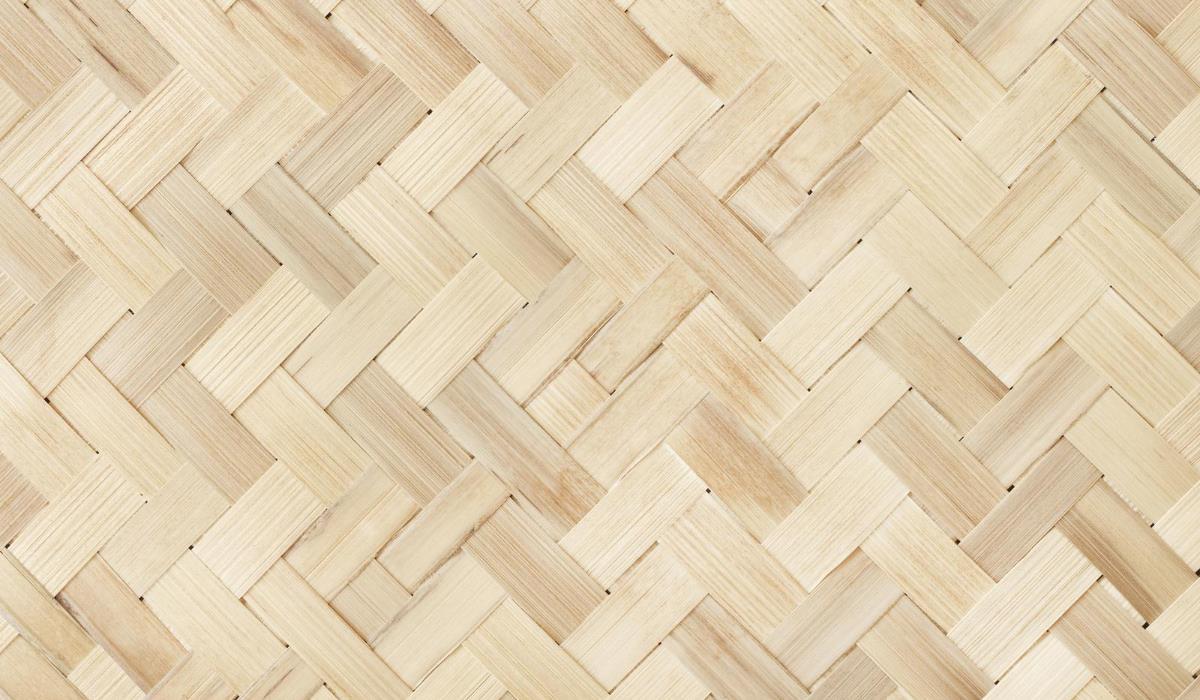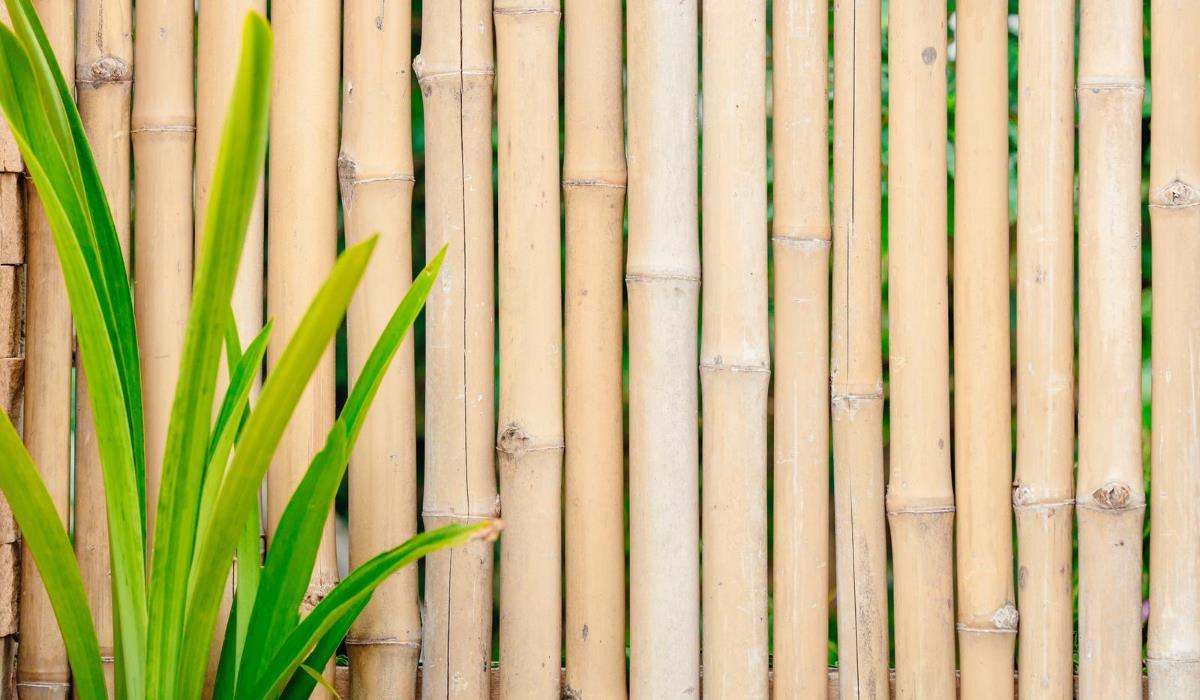Bamboo floor is a type of wooden floor made of plants with woody stems belonging to the Poaceae family. Bamboo itself is one of over a hundred species commonly referred to as “bamboo”, which is part of the bamboo subfamily. Bamboos are found in tropical and subtropical parts of Asia. Moso bamboo is the most commonly used species for the production of floors. The vast majority of floor installation products come from China and other parts of Asia.
Bamboo has become a popular alternative to wooden flooring because of its similarity to wood. At the same time, bamboo itself grows much faster than trees, reaching maturity in five years – making it a highly renewable flooring option.
Is a bamboo floor always the same?
Different methods of bamboo production lead to different end results, mainly due to economic viability and local preferences. In Southeast Asia, bamboo is cut into very thin strips and nailed to larger pieces of bamboo, leaving small spaces between them, often to facilitate air circulation. Flatness and tightness are not a priority here. By contrast, bamboo flooring, more commonly found in North America, is much more processed – during the manufacturing process, it involves cutting, removing outer layers and knots, starches and sugars, drying and sanding, and then laminating.
Bamboo floor – benefits of using
Ecological material
In these times when there is a lot of attention to “ecological” issues in the world, bamboo flooring is a popular choice due to the ability of the bamboo plant to grow quickly. Bamboo materials for flooring are therefore more readily available than hardwood, which is considered a scarce material.
Similar in appearance to wood

Bamboo flooring looks very similar to wood, giving the space a pleasant, warm and natural feeling. Bamboo can be dyed, just like wood, in any shade or color. The coloring and “laying” of the bamboo floor, in the form of stripes, can sometimes be confused with wood.
Easy installation
Click bamboo flooring is fairly easy to install (although not all bamboo flooring has this feature). The individual floorboards connect and snap into place.
Strong and durable
Traditional hardness bamboo flooring is similar to red and white oak, but new manufacturing techniques such as braided bamboo flooring increase the Janka ratings (hardness) even beyond hickory and Brazilian cherry, which are some of the hardest woods.
Resistant to insects and moisture
Bamboo flooring is a good choice in climates where there is a high presence of insects and high humidity. The floor, when adjusted and installed properly, is less prone to warping and shrinking than wood.
Disadvantages of bamboo flooring

Requires maintenance
Just like wooden floors, a bamboo floor requires care and attention. It is best to use dry or barely damp mops, excess water should be avoided and cleaning agents should be used carefully so as not to damage the floor surface.
Chemicals used to treat the surface of the bamboo floor
When producing bamboo flooring, some manufacturers use urea formaldehyde as an adhesive to hold the bamboo strips together. It is a very toxic substance and there is much debate about the appropriateness of this chemical choice.
High carbon footprint associated with bamboo shipping around the world
Just because the material itself is “eco-friendly” doesn’t mean it doesn’t have any environmental impact. The resources and costs associated with the transportation of bamboo from China must be considered. At least one study has shown that using local concrete is a more environmentally friendly choice than bamboo. This is due to the carbon emissions associated with the transportation of bamboo.



